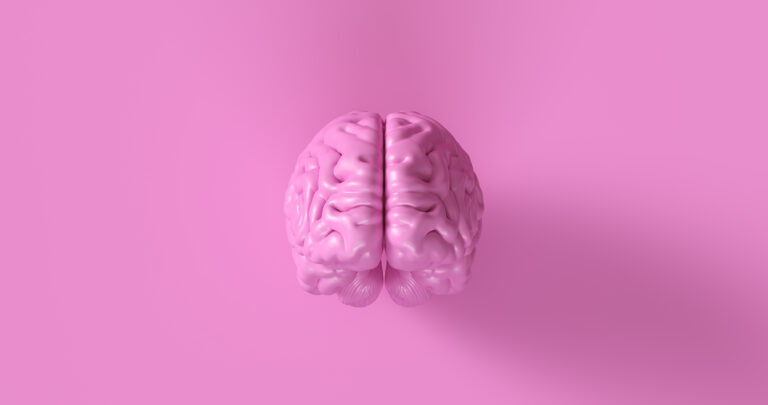### How Your Fear of Puppets Ties to Emotional Processing Circuitry
Have you ever felt a shiver run down your spine when you see a puppet show? Maybe it’s the way the puppets seem to come to life, or perhaps it’s the eerie feeling that they’re being controlled by invisible strings. This fear might seem irrational, but it’s actually connected to how our brains process emotions.
### The Amygdala: The Emotional Center
In the brain, there’s a small almond-shaped structure called the amygdala. This tiny part of the brain is like a fire alarm for emotions. When we encounter something scary or threatening, the amygdala sends out signals that make us feel fear or anxiety. This is why, even if we know that puppets are just inanimate objects, our amygdala can still trigger a fear response.
### The Puppet Show: A Symbolic Representation
Puppets, especially in a show, can symbolize many things. They can represent our deepest fears or anxieties. In the movie “The Double Life of Veronique,” a puppet show is used to illustrate the complex emotions of the main character, Veronique. The puppets dance and move under the control of the puppeteer, but they also seem to have a life of their own. This mirrors how our emotions can sometimes feel out of control, like they’re being manipulated by forces beyond our understanding.
### The Strings of Control
The idea of puppets being controlled by strings is a powerful metaphor for how our emotions can be influenced by external factors. Just as the puppeteer’s strings can move the puppets, our environment and experiences can shape our emotional responses. This is where the amygdala comes in. It helps us recognize and respond to these emotional stimuli, whether they’re positive or negative.
### Emotional Learning and Memory
When we experience something emotionally charged, like a scary movie or a traumatic event, our amygdala helps us remember it. This is known as emotional learning. The amygdala works with other parts of the brain to create a memory that we can recall later. For example, if you saw a horror movie and felt scared, your amygdala helped you remember the fear and associate it with the movie.
### The Interplay Between Emotions and Control
The fear of puppets isn’t just about the puppets themselves; it’s about how our brains process emotions. It’s about the invisible strings that can control our feelings and reactions. This interplay between emotions and control is what makes the puppet show so compelling. It reminds us that our emotions are complex and multifaceted, often beyond our conscious control.
### Conclusion
The next time you feel a shiver run down your spine at a puppet show, remember that it’s not just about the puppets. It’s about how your brain processes emotions, using the amygdala as a key player. The fear of puppets ties into a deeper understanding of emotional processing circuitry, showing us that our feelings are intricately connected to our experiences and environment. So, the next time you see a puppet show, take a moment to appreciate the intricate dance between emotions and control that it represents.





